“Occult-Sciencism” was the strange Weimar prodigy that resulted from the blend of these two contrary world views. Increasingly, it acted as an effective substitute for traditional social discourse and long-established religious zealotry. By 1932, Berlin alone supported the flashy productions, séances, and publications of 20,000 itinerant telepathists, wonder-working healers, palm readers, storefront clairvoyants, Hollow-Earth adherents, alchemists, stage mesmerists, doomsday prophets, Gypsy-clad fortunetellers, and trance-performers.
Moreover, camouflaged feats of sexual dominance more suitable for ribald cabaret acts now ventured into the laboratory, church pew, and political street. After all, both hypnosis and mass suggestion traded on the principle of psychic seduction. Eroticized language and gestures, Olden wrote, had an unbridled capacity to influence crowd psychology and behavior. If channeled ritually or scientifically by experts, they resembled the incantations of pagan Sex Magic.
Prussian obedience to Christian anti-materialist theology was slow and unsteady. Even after German princes and religious authorities embraced the Gospel’s teachings in the 800s—usually in the form of public baptism—few Central European tribespeople remained staunchly faithful to the Roman papacy. As soon as the unsmiling Anglo-Saxon missionaries and preachers left their villages and towns, most Germans reverted to their original pre-Christian practices and traditions. Others integrated the Holy Mass into their heathen fertility rituals, invoking blessings from both Jesus Christ and the pantheon of Nordic forest gods. These ceremonies had to be performed secretly, and often perversely upended diocesan prohibitions against animal sacrifice and priestly intercourse.

Dr. Hans-Theodor Sanders, Hypnosis and Suggestion , 1921
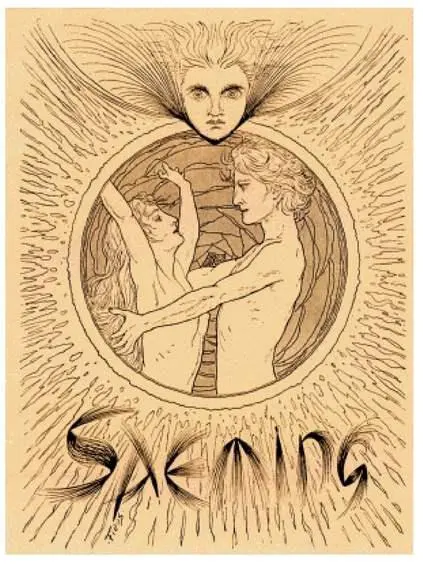
Fidus illustration for G. Hermann, Saeming: Aryan Sex Religion , 1896
For over 400 years, German bishops attempted to violently crush the perpetuators of paganism as well as the growing appeal of local heretic Christian sects. The blasphemous leaders were frequently imprisoned, horridly tortured, and burned at the stake. But that did little to suppress the licentious folkways of the German peasantry. Free thought and sacred sexuality were too deeply rooted in their cultural ethos.
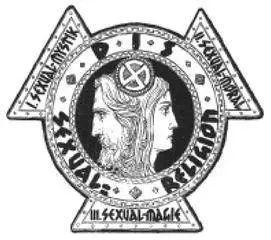
Fidus emblem for Trilogy, Sex Religion, Sex Mystery, Sex Magic , 1897
In the thirteenth century, Luciferians, who conflated the Nordic god Wotan with Satan (rather than Christ) in their midnight rites, openly challenged the German Catholic hierarchy and began to murder Franciscan monks and set churches ablaze. Militant anti-Christian Stedingers from the shores of Freesia joined the Prussian Satanists. Covens of German sorcerers and sibyls spurred the rebellion onward and prophesied the end of asceticism, Vatican martial constraints and councilor meddling. The old-ancient natural world, rife with lusty human-like deities, spirit communication, sexual desire, and physical attraction, was about to be restored.
In 1234, Pope Gregory IX issued proclamations against the growing German heresy. A European crusade to stamp out Satanism, witchcraft, Devil worship, nudist Adam-and-Eve cults, and Sex Magic resulted. Papal armies and inquisitional courts dispatched whole towns and communities into dungeons, torture chambers, and execution pits. In Spain and Portugal, Jewish and Muslim leaders were forced to confess their links to wizards and seers before their bodies were stretched on specially designed racks, broken on inquisition wheels, and then incinerated in public squares. By 1492, all non-believers in Iberia were said to be killed, converted, or sent into exile.
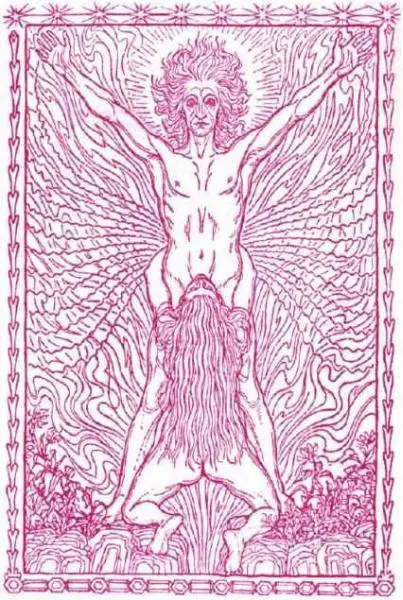
Fidus illustration for Carl Hilm, Satan , 1908
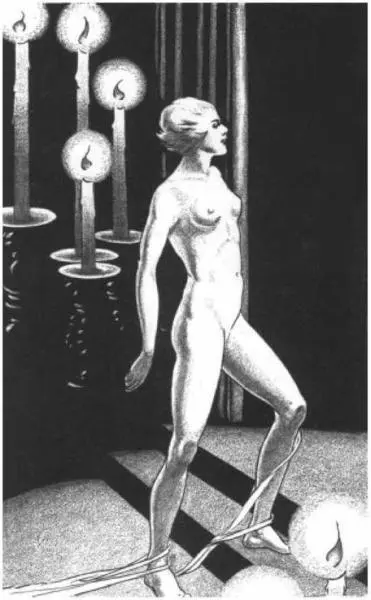
Rhea Wells, Black Mass In a German Town , 1931
But Satanism and its visceral appeal was not excised so easily from the German lands. Between 1500 and 1783, over 15,000 women and men were executed for engaging in necromancy or sealing compacts with the Devil and his minions. Graphic descriptions of Witches’ Sabbaths and a new sacrament called the Black Mass were dutifully recorded in church documents. Followers of the Anti-Christ reenacted Catholic and Lutheran services in twisted and perverted parodies. They drank urine mixed with hallucinogenic plants and swallowed wafers made from human feces, menstrual blood, and sperm. That was their Eucharist. Obscene prayers, orgiastic dance, and the worship of all things scatological—like the kissing of Lucifer’s anus—replaced the Holy Communion. Even priests and prelates were implicated in the grand conspiracy.
Concealed in senators’ cabinets, scholars’ libraries, and rectory walls were handbooks on the Black Arts and occult Latin treatises that instructed the reader how to obtain demonic power. Apparently, no Germans—bishops, countesses, physicians, brewmeisters, or midwives—were completely immune to Satan’s dark and sensual sway. Public exposures and civic persecution, an increasingly enlightened clergy, and the Scientific Revolution in the nineteenth century only tamped down the anti-Christian profanations.

Witches’ Sabbath as portrayed on Berlin cabaret stage, 1927
Vestiges of pre-Renaissance superstition and Devil-worship were observed in the Central European countryside until World War I. Bavarian grandmothers continued to place horse and deer penises under their grandsons’ beds to ensure their sexual happiness and fertility. Bohemian peasants, hoping to marry within seven years, avoided corner seats in taverns and, if their Biersteins toppled during the evening, splashed the spreading foam behind their ears for good luck. On Walpurgis Night, haggard women and men still pranced around huge bonfires, where straw effigies were consumed and delivered to Luciferian proxies.
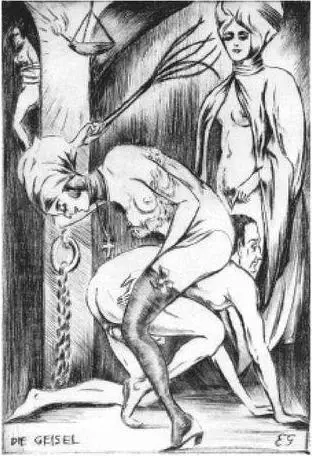
Ernst Gerhard, Captive , 1925
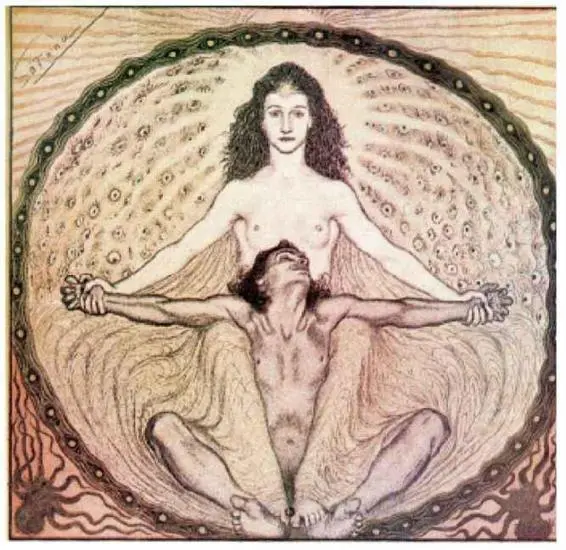
Fidus, Satana , 1896
In Berlin, Satanist rituals dispensed with exhortations for robust health and pregnancy. Debauchery and orgiastic entertainment were the religious goals of the city-dwellers. The first known Black Mass in modern times unfolded at midnight in December 1919 at the Café Kerkau on Behrenstrasse. Five hundred celebrants stripped off their clothing in the club and circled around an altar covered with a black-and-red Pentagram. One hundred Polenta, with revolvers drawn, interrupted the solemn rite and the stark naked devotees were herded into police lorries. Among the law-breaking enthusiasts was the Crown Prince Friedrich Wilhelm, supposedly in exile with the Kaiser’s family in Holland.
Читать дальше




















